Together vs. Separate
The Forest for the Trees?
Home Depot’s “Eco-Options” program, launched in fall 2009, displays eco-friendly items, with special tags and packaging, alongside conventional products. There’s also a website that shows how many Eco-Options items have been sold and the environmental impact by customers using those items.
This program is indicative of the company’s overall mission to reduce environmental impact throughout each section of its supply chain, from corporate offices to individual stores. Because of the corporation’s large nationwide footprint, the certifications and specifications used to designate a product as an “Eco-Options” item involve federal regulations and federal-level recommendations.
Now that a large, national chain has devoted so its resources to merchandising eco-friendly and conventional products together, and promoting the initiative, consumers may get used to seeing eco-friendly and conventional products side-by-side, and will expect to find products shelved together in other stores too.
When merchandising eco-friendly and more conventional products, how does your garden center go?
Today’s consumers have made “going green” part of their lifestyles, and considering their close relationship to the earth, sustainability is often of special concern to longtime gardeners and novices alike. Garden retailers can’t get by without stocking at least a few eco-friendly products. Whether these products fly off the shelves or linger until the end of the season only to end up in the clearance section often depends upon how they’re merchandised.
So, if a customer walks into a garden center looking for organic fertilizer or eco-friendly pots, what will she find? Where will she find it? That all depends on where she’s shopping.
What’s in Stock
Eco-friendly options have come a long way from their roots: Taken at face value, many of these products are almost indistinguishable from “conventional” products. Eco-friendly items can claim one or more of the following traits:
- certified organic
- produced sustainably
- made from recycled materials
- locally produced
- reduce a garden’s environmental impact
- recyclable
- compostable
Pots and containers, sculpture, patio furniture, hand tools, watering cans, rain barrels and compost bins are among the most popular eco-friendly hard goods. Organic seeds, sustainably or organically grown transplants, organic potting soil, and natural (non-synthetic) or organic fertilizers are among the most commonly stocked eco-friendly perishable items in garden centers.
Finding these products to stock is easy: Manufacturers abound with options for a mix of merchandise to sell. The trick is moving these items once they’re on the shelves, especially when price consciousness sometimes trumps eco consciousness. So, the question is: Highlight the eco-friendly products for enthusiasts in their own special section, or mix them in among the rest of your merchandise to expose them to a potentially wider customer base?
A Match Made in Heaven?
Garden centers that carry both eco-friendly and conventional products employ different merchandising strategies to highlight the eco-friendly products and alert customers to their availability. The options available to individual retailers vary depending upon their available space, budget for stock, customer base, and the price point of items carried.
An informal (and highly un-scientific) survey of garden centers revealed the following strategies:
- highlighting eco-friendly products separately
- integrating eco friendly merchandise with “gift-related” sections of the store
- displaying both types together and separately within the same store
- displaying eco-friendly and conventional items together
There are benefits and drawbacks to each display strategy. Retail professionals Charles Neuman from Jacob’s Garden in Michigan; Chris Morfis from Armstrong Garden Centers in California; and Debbie Hepworth from Fritz Witte in Idaho shared their insights about each.
Divide and Conquer
Charles Neuman, merchandiser for Jacob’s Garden, a large, independent garden center in Ottawa Lake, Mich., sums up their philosophy of separate displays for eco-friendly and conventional products: “I’d describe our eco-friendly products versus our conventional product lines as the difference between Polo and Tommy Hilfiger: essentially similar product lines that accomplish the same thing but with different style,” says Charles Neuman, merchandiser for Jacob’s Garden in Ottawa Lake, Mich. “Trying to mix the two dilutes the message of each and, from our experience dealing with our customers, dilutes the message we must convey to sell the eco-friendly products: better for pets, better for children… better for the environment, and worth the effort and cost.”
He says that more and more customers come into the shop looking specifically for organic or earth-friendly garden items, especially those interested in vegetable gardening. Displaying the eco-friendly items in one area makes them easy to find; customers don’t have to hunt through every aisle of the garden center. Jacob’s Garden’s eco-friendly items are displayed prominently along an aisle that leads into the nursery area and sees heavy traffic, which results in higher sales.
Another garden center moved eco-friendly pottery and containers into the store’s gift area, a display tactic that snagged the customers who were motivated more by eye-catching and attractive merchandise than environmentally friendly products. The pretty (but still environmentally friendly!) pots sold out almost immediately. Cross-merchandising within departments works for nice-looking containers or eco-friendly merchandise that could also serve as gifts.
Best of Both Worlds
At the end of the classic song, “Let’s Call the Whole Thing Off,” the quibbling lovebirds end up calling off the calling off and staying together; they wanted essentially the same thing but expressed it differently. Your customers could be like that, too. If you have the shelf space and can sustain the inventory, it might make sense to dedicate an end-cap to eco-friendly items but scatter them throughout the store as well. Armstrong Garden Centers, a regional chain in California, and Franz Witte Nursery, which has two locations in Idaho, practice a little of both.
This merchandising tactic hits both customers who make a beeline for organics and those who are open simply to the best solution. Franz Witte separates organic and conventional plants, particularly vegetables, because customers who grow their own food are particularly sensitive to those varieties’ organic designation. They also source much of their plant material from local Idahooperations and identify those plants with special signage.
A philosophy of buying locally and selling locally is an eco-friendly method, and additional way for smaller and independent garden centers to use merchandising to differentiate themselves from large, national chains.
Back to the Future?
The garden center professionals interviewed for this piece mentioned that customers are increasingly seeking eco-friendly products, especially vegetable gardening items. It’s possible we are heading back to the future, where organic and eco-friendly gardening methods are, once again, the norm.
As time goes on, more and more products carried in garden centers may be produced with environmentally friendly materials, by environmentally friendly methods. And the question of how to arrange them in a store may become less valid. But for now, this could be a good time to experiment with product placement and customer understanding, positioning yourself as the expert so that as your customers experience and encounter issues with this “new” way of gardening, they come to you first.

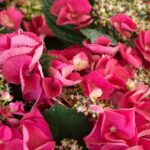
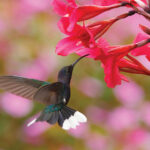
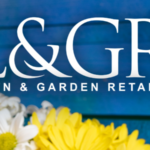
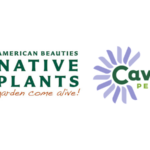

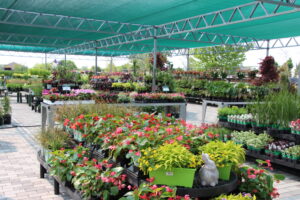
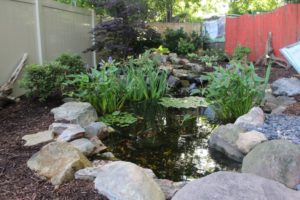
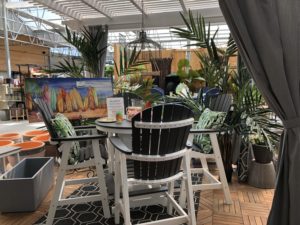
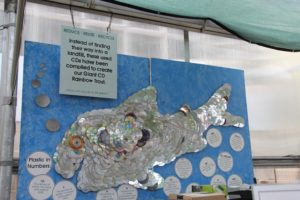
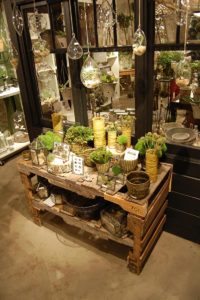
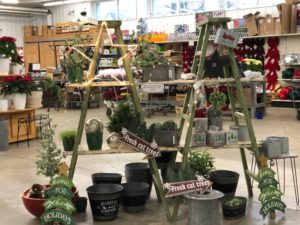
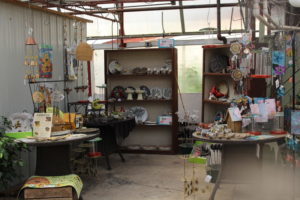
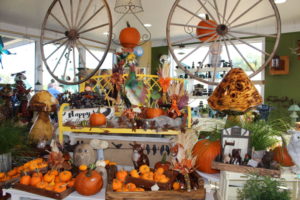
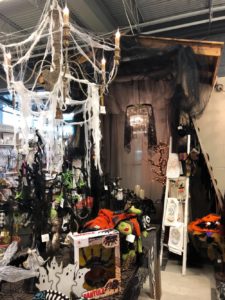
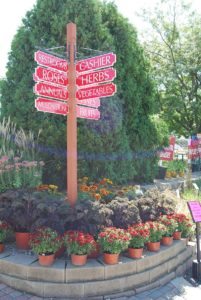
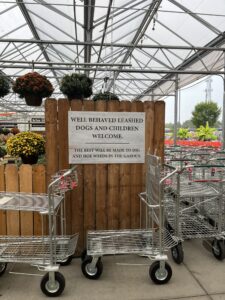
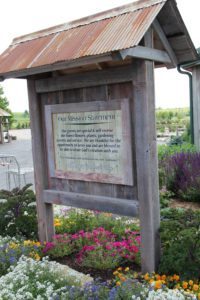
 Videos
Videos





